
พาไปวัด
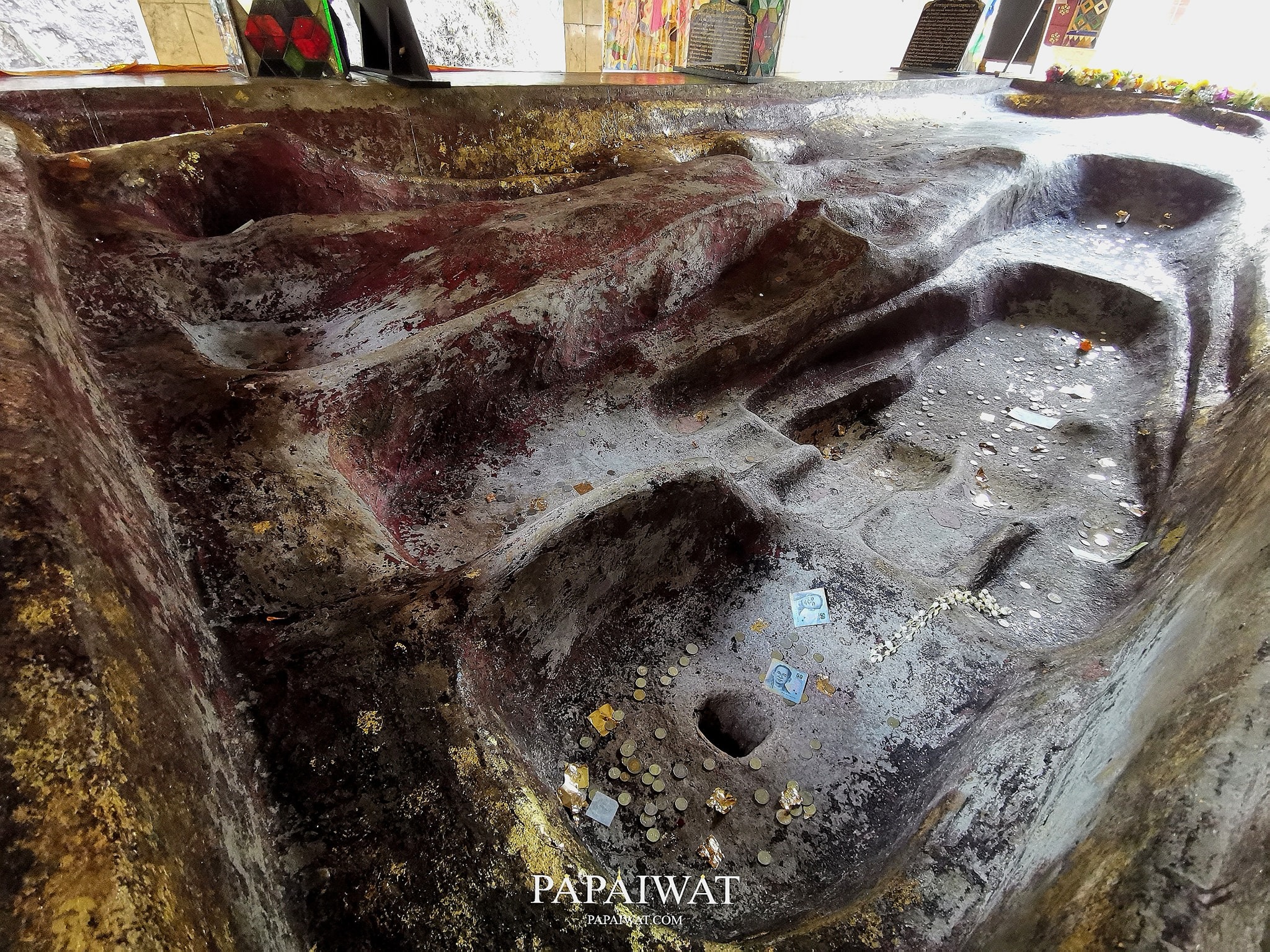
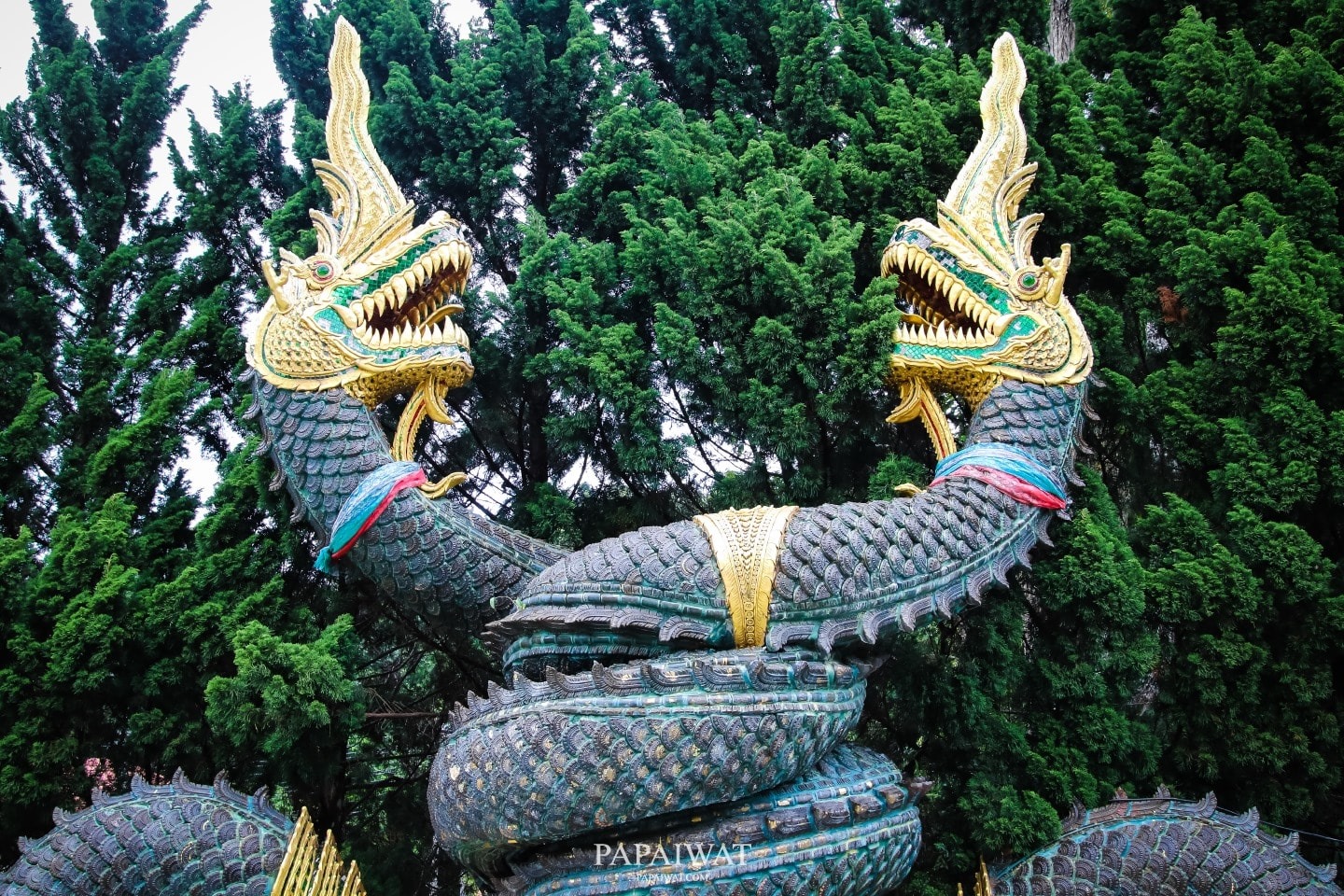
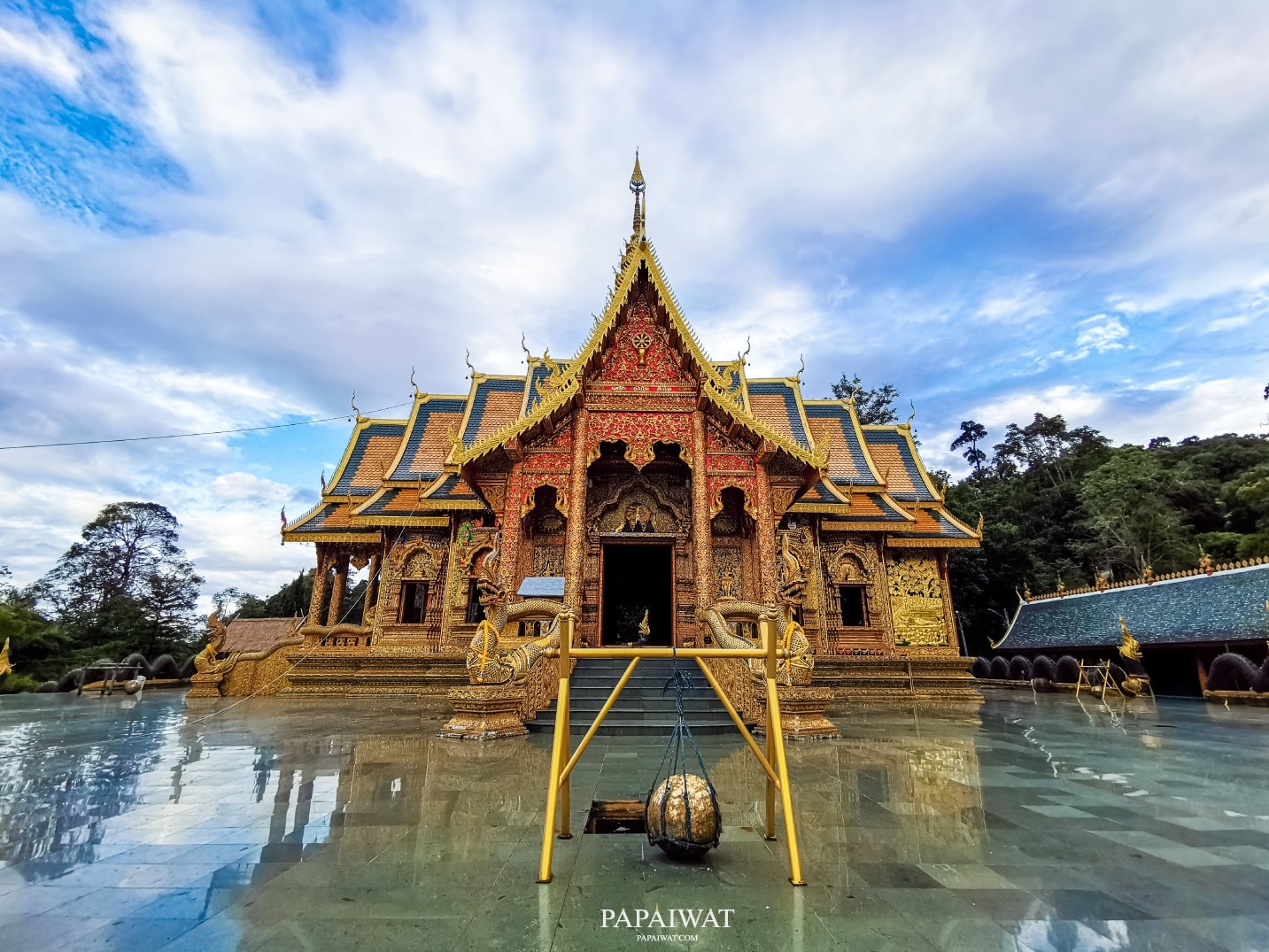
Wat Phra Phutthabat Si Roi
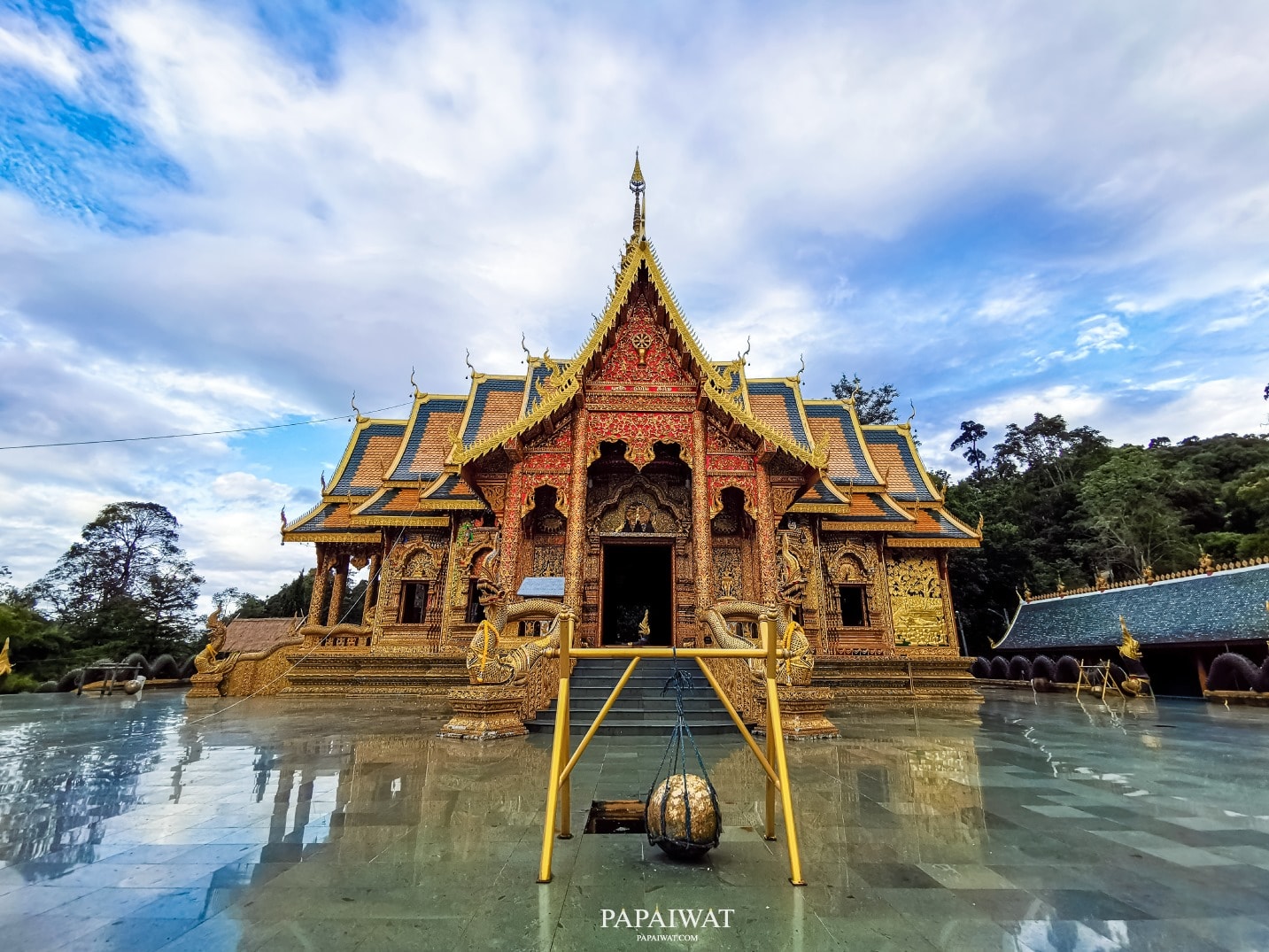
Located in Chiang Mai Province, Wat Phra Phutthabat Si Roi stands as a distinguished yet lesser-known sanctuary of profound beauty and spiritual significance. This revered temple is adorned with an extraordinary feature: the Fourfold Buddha’s Footprints, solemnly enshrined upon a stone platform situated within the verdant expanse of forested highlands atop an elevated mountain. Its serene and sacred ambiance renders it an essential destination for visitors to Mae Rim District, Chiang Mai Province.
Formally known as Wat Phra Phutthabat Si Roi, or the Temple of the Fourfold Buddha’s Footprints, it exemplifies a remarkable testament to Buddhist heritage and devotion.
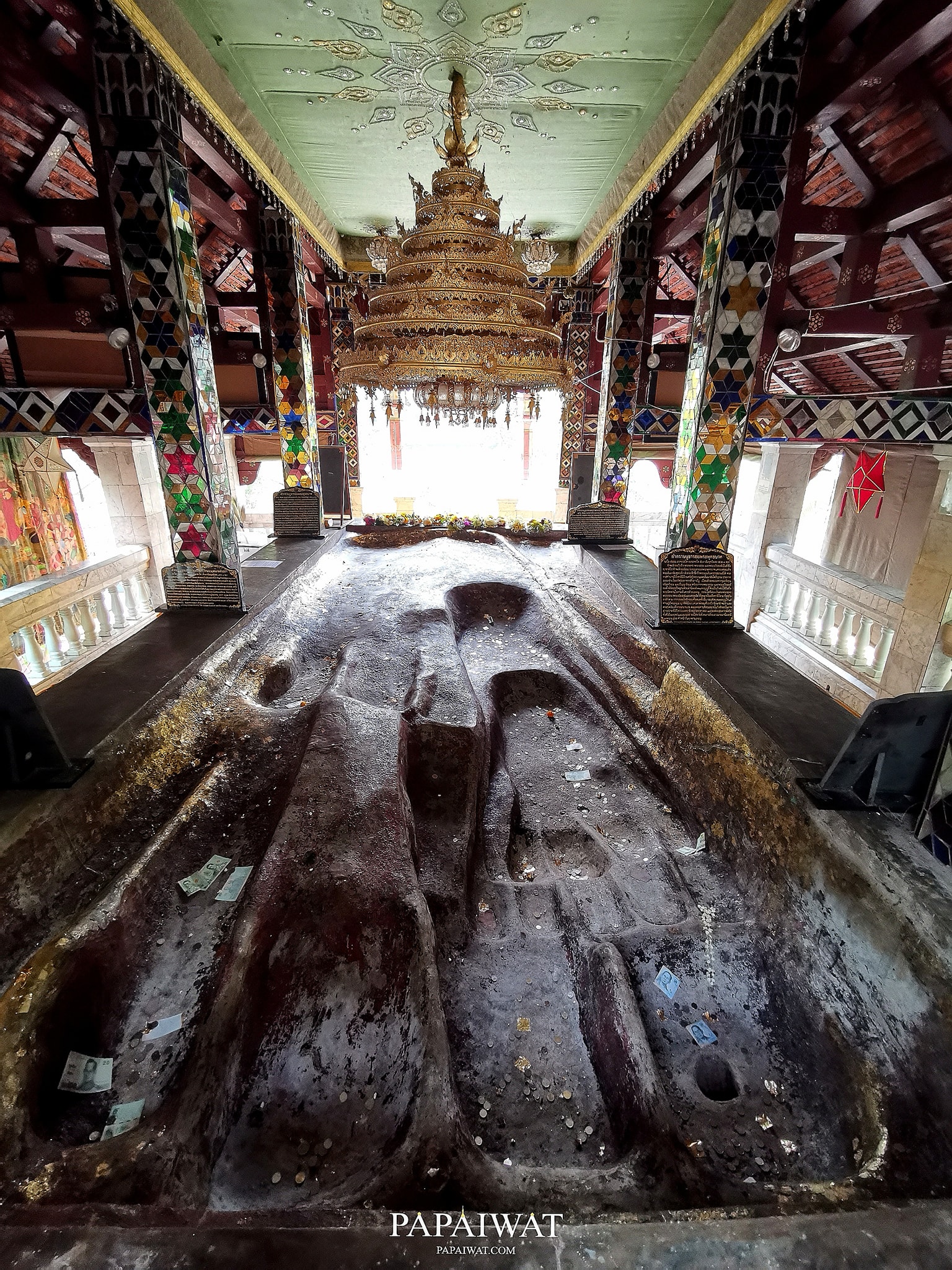
Nestled within the hallowed precincts of Wat Phra Phutthabat Si Roi, a sacred marvel unfolds—the Fourfold Buddha’s Footprints, where the divine imprints of the four enlightened Buddhas of this Bhadrakalpa rest in harmonious unity, each layered upon the other in a timeless testament to spiritual legacy:
At Wat Phra Phutthabat Si Roi, the revered Fourfold Buddha’s Footprints unite the sacred imprints of the four Buddhas of this Bhadrakalpa, etched upon a single stone:
The first, the majestic footprint of Kakusandha Buddha, reigns as the grandest, stretching an awe-inspiring 12 cubits in length, its vast expanse a symbol of boundless wisdom.
The second, the noble footprint of Konagamana Buddha, graces the stone with a dignified span of 9 cubits, radiating serene enlightenment.
The third, the venerable footprint of Kassapa Buddha, extends 7 cubits, its measured grace a beacon of eternal truth.
The fourth, the sacred footprint of Gotama Buddha, the Enlightened One of our present era, delicately measures 4 cubits, the smallest yet profound in its gentle imprint, embodying compassion and awakening.
Together, these interwoven traces upon the ancient rock weave a tapestry of divine reverence, inviting hearts to pause and venerate the eternal path of the Buddhas.
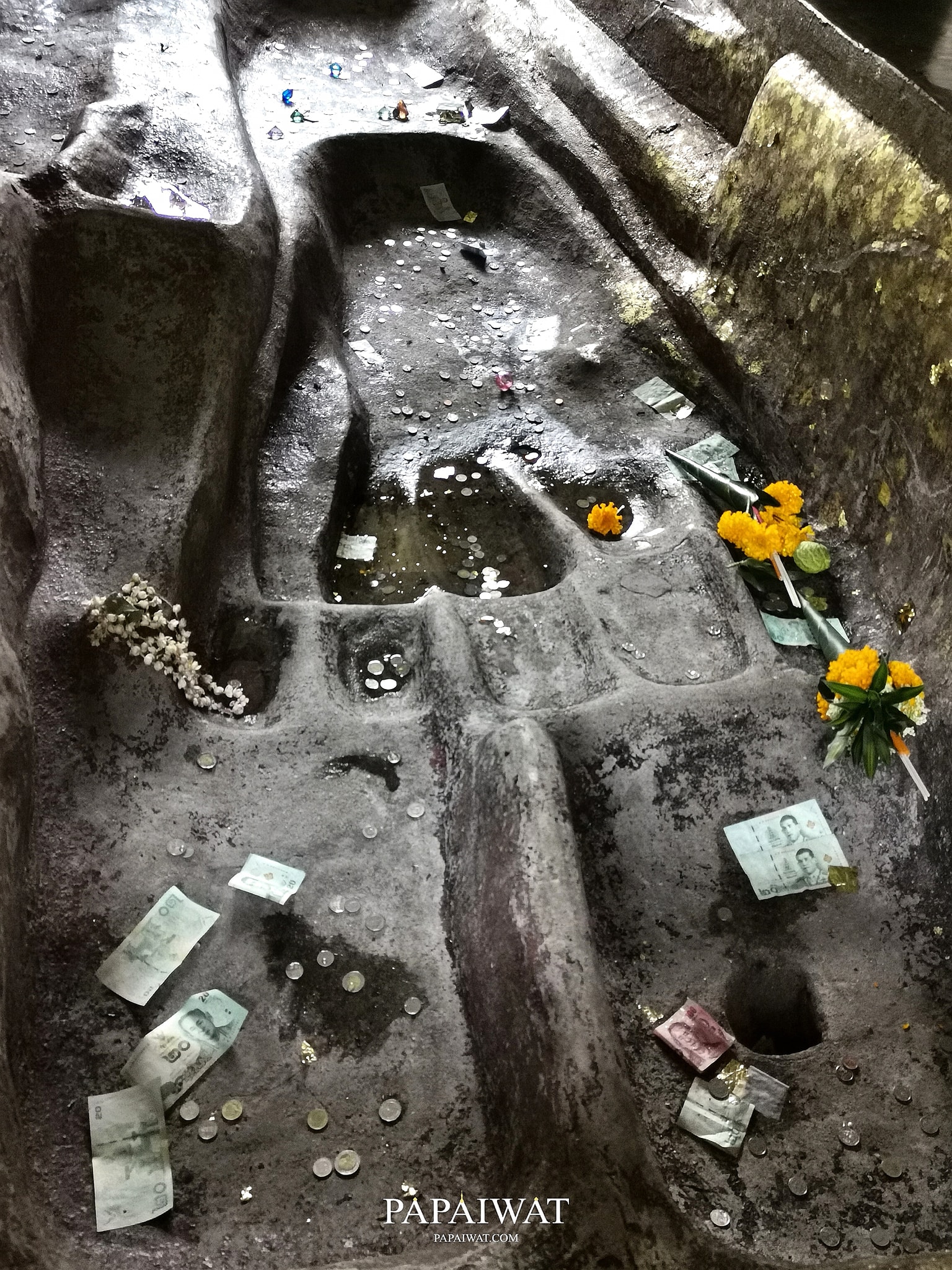
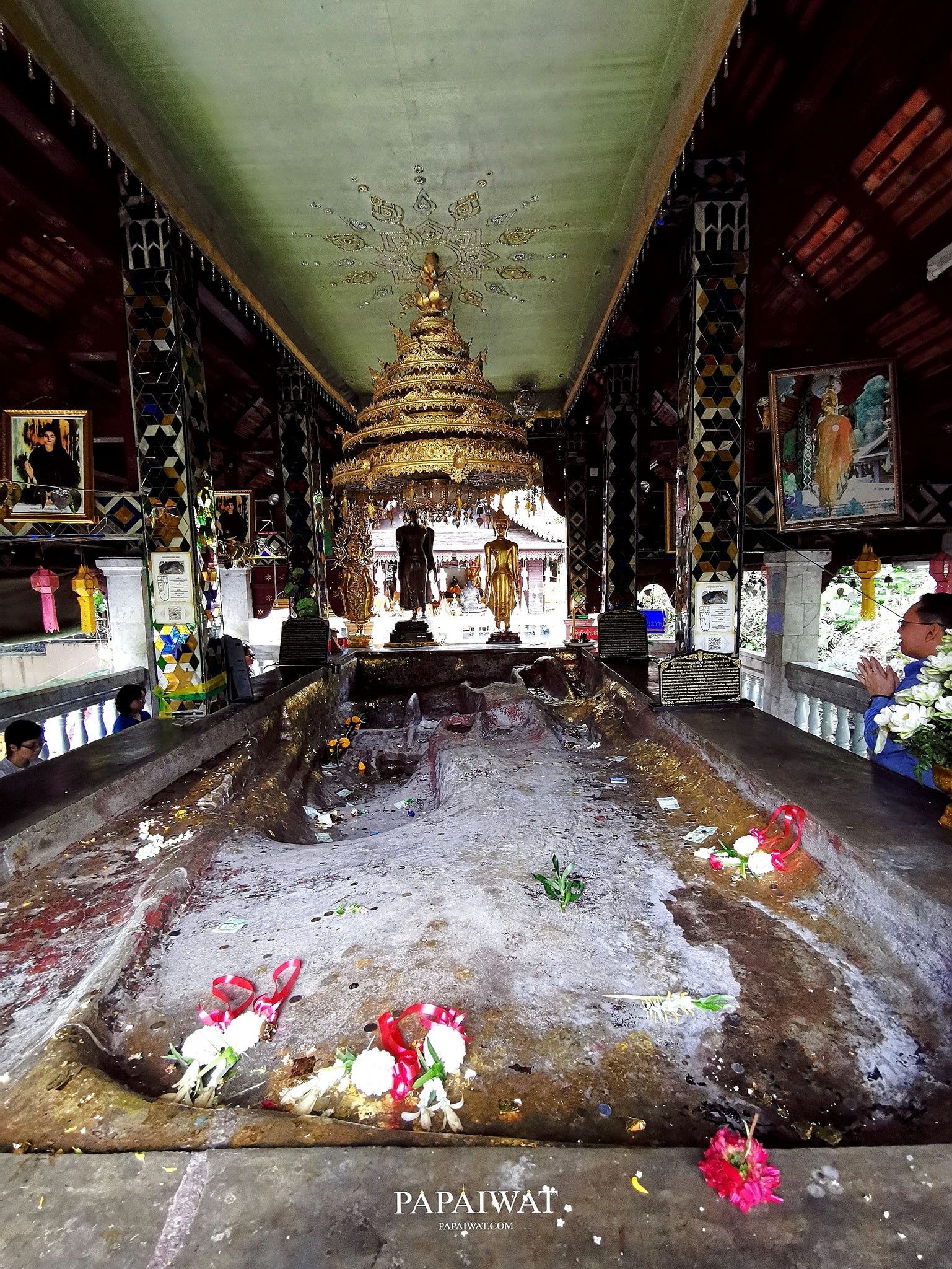
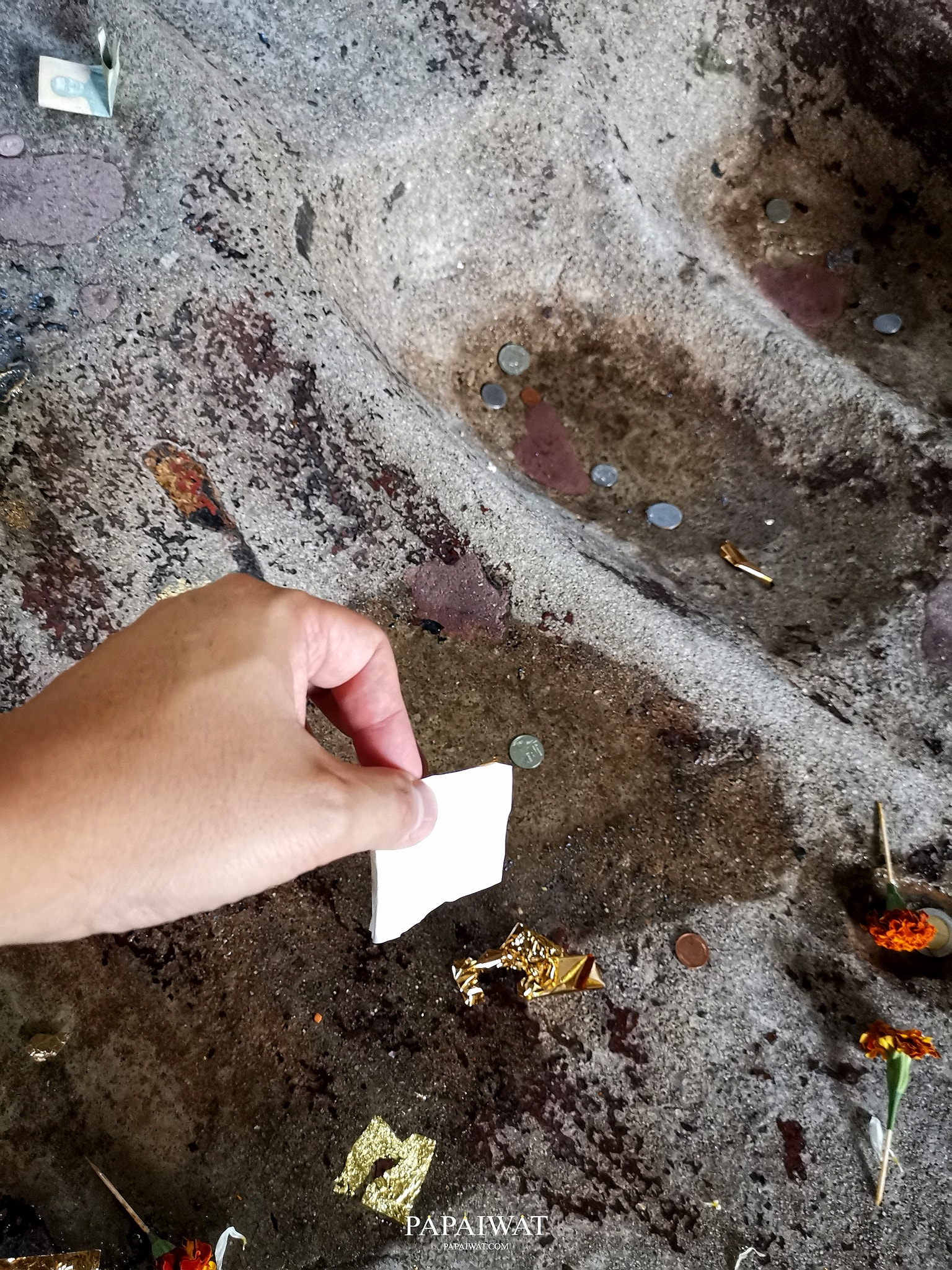
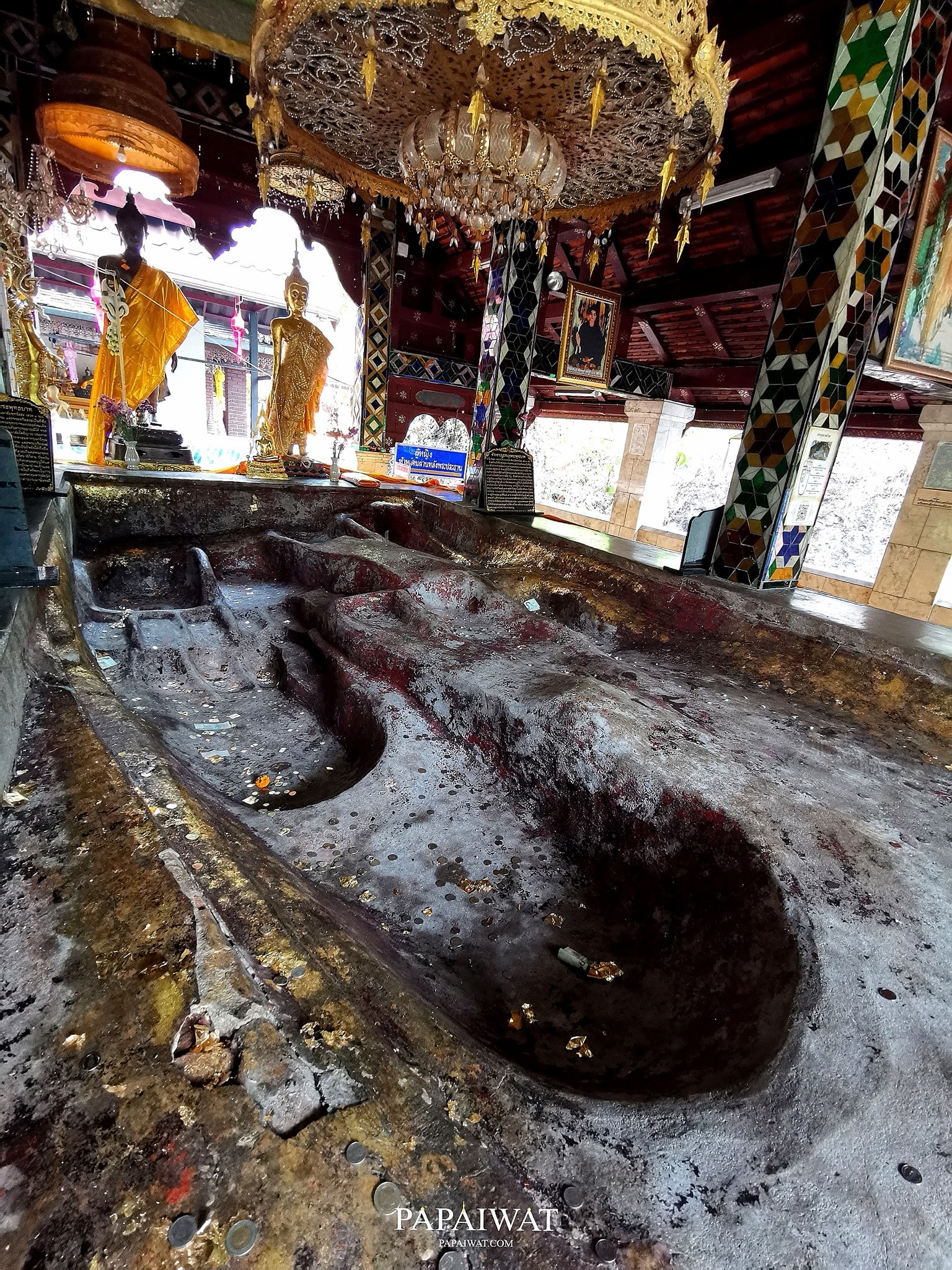
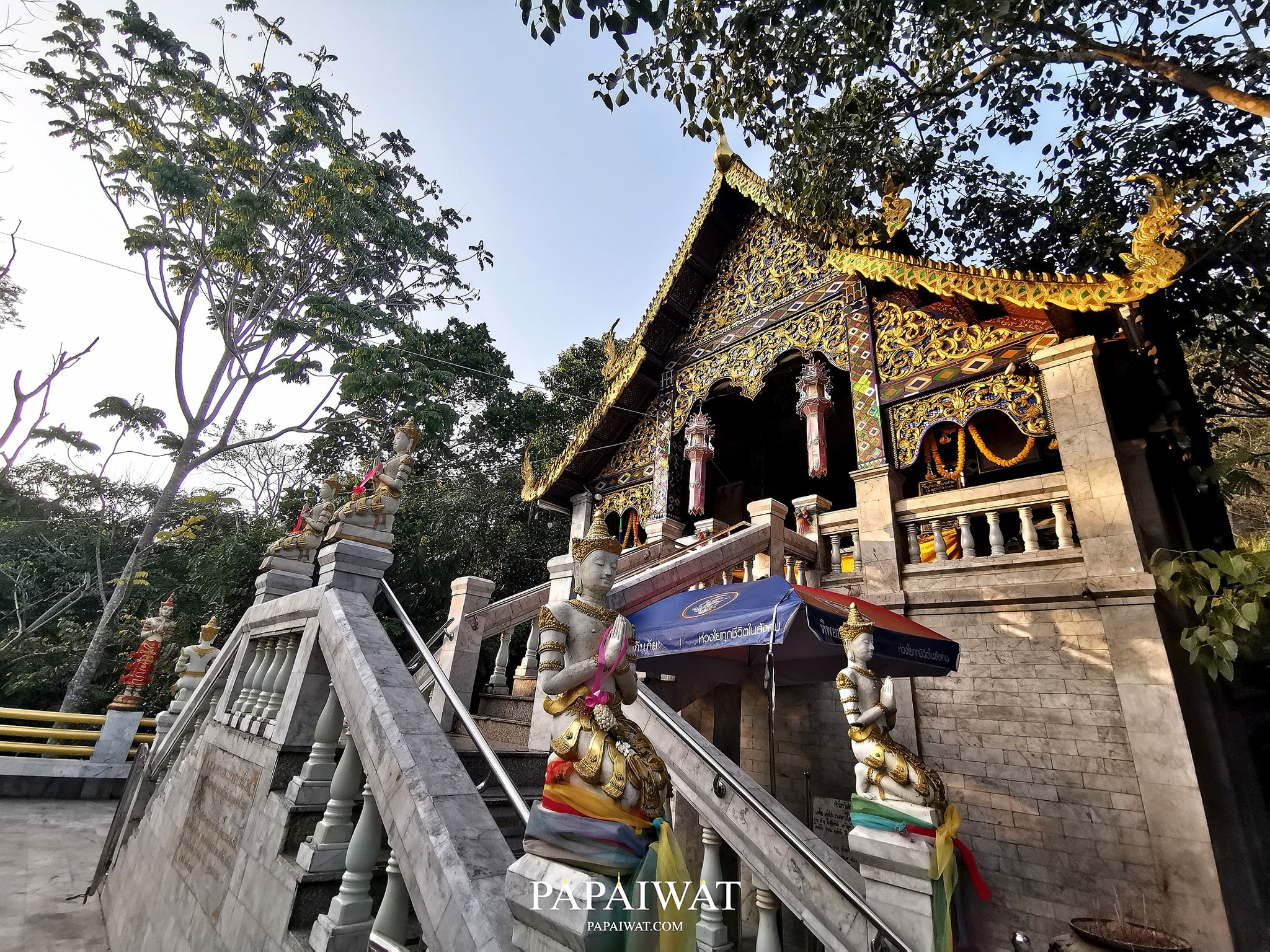
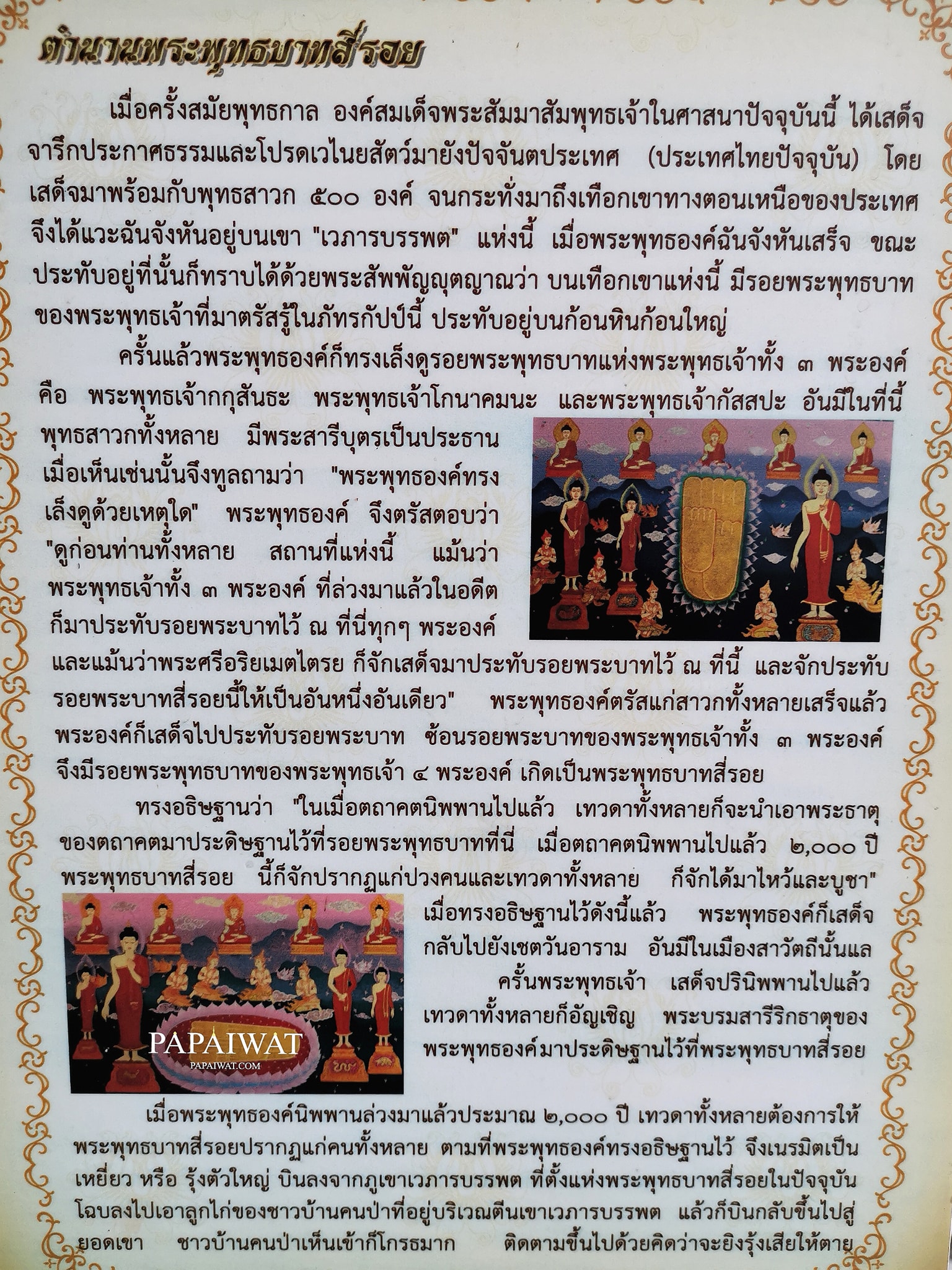
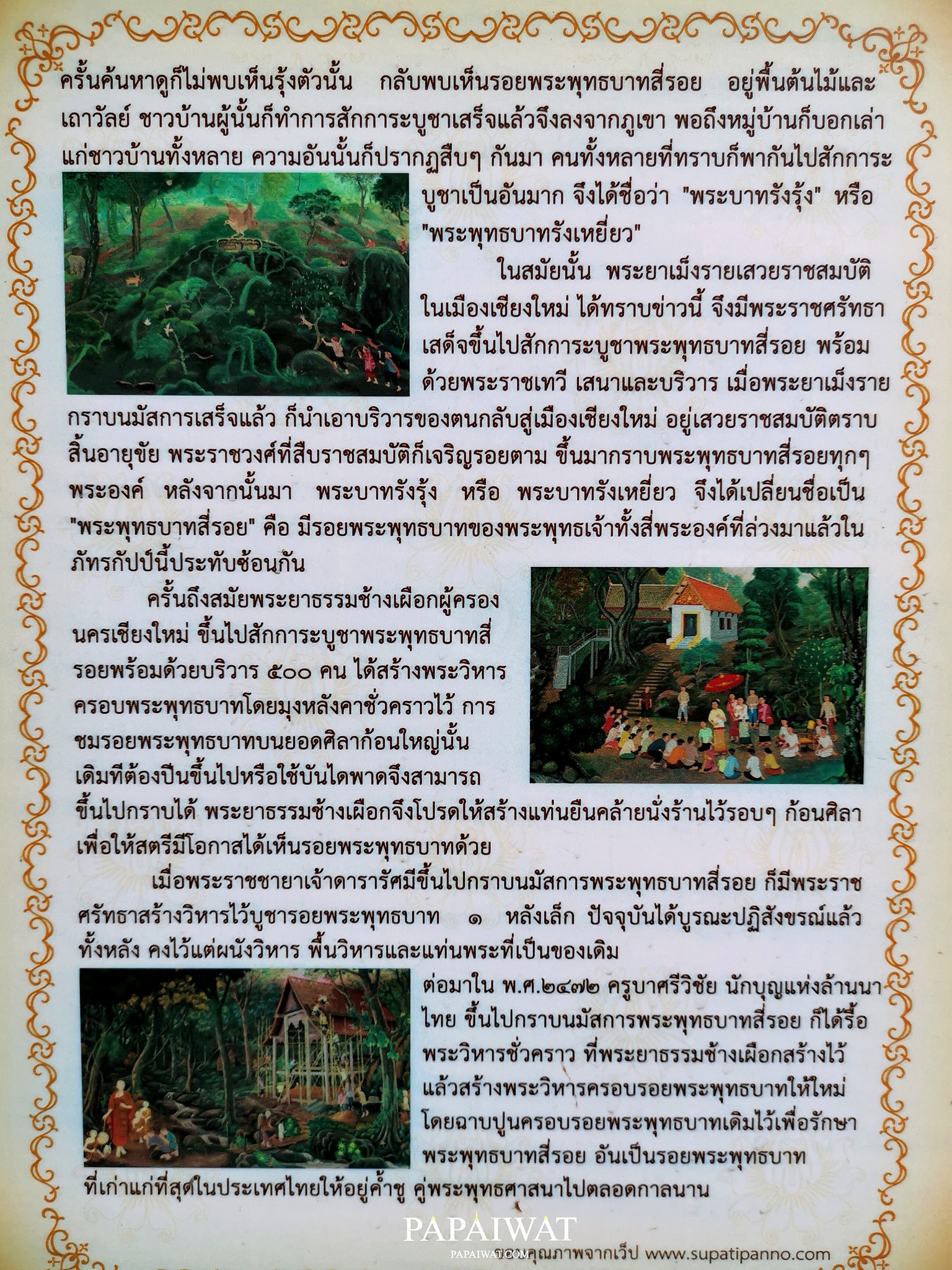
In the era of the historical Buddha, the Supreme Enlightened One of the present dispensation journeyed to disseminate the Dhamma and guide sentient beings toward liberation in the frontier regions, now known as Thailand. Accompanied by an assembly of 500 disciples, the Buddha arrived at a northern mountain range, where he paused to partake of alms on the summit known as Vepulla Parvata. Upon concluding his meal, while residing at this sacred site, the Buddha, through his omniscient wisdom, discerned that this mountain bore the sacred footprints of previous Buddhas who had attained enlightenment within the Bhadrakalpa, imprinted upon a substantial rock formation.
The Buddha then contemplated the footprints of three preceding Buddhas—Kakusandha Buddha, Konagamana Buddha, and Kassapa Buddha—located at this hallowed ground. Observing this, the disciples, led by the Venerable Sariputta, respectfully inquired, “Venerable Lord, for what reason do you gaze upon this site?” The Buddha responded, “Monks, this location has been sanctified by the footprints of the three Buddhas who preceded me in ages past, each having left their mark here. Furthermore, the future Buddha, Sri Ariya Metteyya, shall also grace this place with his footprint, uniting these four impressions into a singular emblem of enlightenment.” Having thus addressed his disciples, the Buddha proceeded to imprint his own footprint atop those of the three prior Buddhas, thereby establishing the revered Fourfold Buddha’s Footprints.
The Buddha solemnly resolved: “Upon my entry into Parinibbana, celestial beings shall enshrine my sacred relics at these footprints. Two millennia following my Parinibbana, these Fourfold Footprints shall become manifest to humankind and divinities, who shall come to offer veneration and homage.”
Having pronounced this aspiration, the Buddha returned to Jetavana Monastery in the city of Savatthi. Following his Parinibbana, celestial beings fulfilled his resolve by enshrining the Buddha’s sacred relics within the Fourfold Footprints.
Approximately 2,000 years after the Buddha’s Parinibbana, divine beings, following his sacred vow, sought to reveal the Fourfold Footprints to humanity. To this end, they assumed the form of a majestic hawk or eagle, descending from Vepulla Parvata—where the footprints reside to this day—and seized a chick belonging to forest villagers dwelling at the mountain’s base. The bird then ascended back to the summit. Enraged, the villagers pursued it with intent to slay the creature. Yet, upon their search, they found no trace of the eagle; instead, they discovered the Fourfold Buddha’s Footprints amidst the foliage and vines. The villager who beheld this marvel offered reverence and, upon returning to the village, shared the discovery with others. The tidings spread widely, drawing numerous devotees to venerate the site, which came to be known as Phra Bat Rang Rueang (Rainbow Footprint) or Phra Phutthabat Rang Hiaw (Hawk’s Footprint).
During this period, King Mangrai, sovereign of Chiang Mai, learned of the sacred site and, moved by profound devotion, journeyed to pay homage to the Fourfold Footprints, accompanied by his queen, ministers, and retinue. Having completed his veneration, King Mangrai returned to Chiang Mai, where he ruled until the end of his days. His royal successors upheld this tradition, with each monarch rendering homage to the Fourfold Footprints. Subsequently, the designation Phra Bat Rang Rueang or Phra Bat Rang Hiaw was superseded by Phra Phutthabat Si Roi (Fourfold Buddha’s Footprints), signifying the superimposed impressions of the four Buddhas of this Bhadrakalpa.
In the reign of King Thammachangphueak, ruler of Chiang Mai, a pilgrimage was undertaken to venerate the Fourfold Footprints, accompanied by a retinue of 500 attendants. The king commissioned the construction of a vihara to enshrine the footprints upon the prominent rock. Previously, access to the site required arduous climbing or the use of ladders. To facilitate reverence, King Thammachangphueak ordered the erection of a scaffold-like platform encircling the rock, enabling women to view the sacred footprints as well.
When Princess Dararatsami undertook a pilgrimage to venerate the Fourfold Footprints, her deep faith inspired her to construct a modest vihara in their honor. This structure has since been meticulously restored, retaining only its original walls, floor, and altar.
In the year 1929 CE, Kruba Sriwichai, the revered saint of Lanna, visited to pay homage to the Fourfold Footprints. He dismantled the temporary vihara erected by King Thammachangphueak and commissioned a new vihara to enshrine the sacred site. To ensure their preservation, he encased the original footprints in plaster, safeguarding the Fourfold Buddha’s Footprints—regarded as the most ancient in Thailand—so that they might endure as a cornerstone of Buddhist heritage for eternity.
(Credit: Information adapted from the promotional pamphlet of Wat Phra Phutthabat Si Roi)
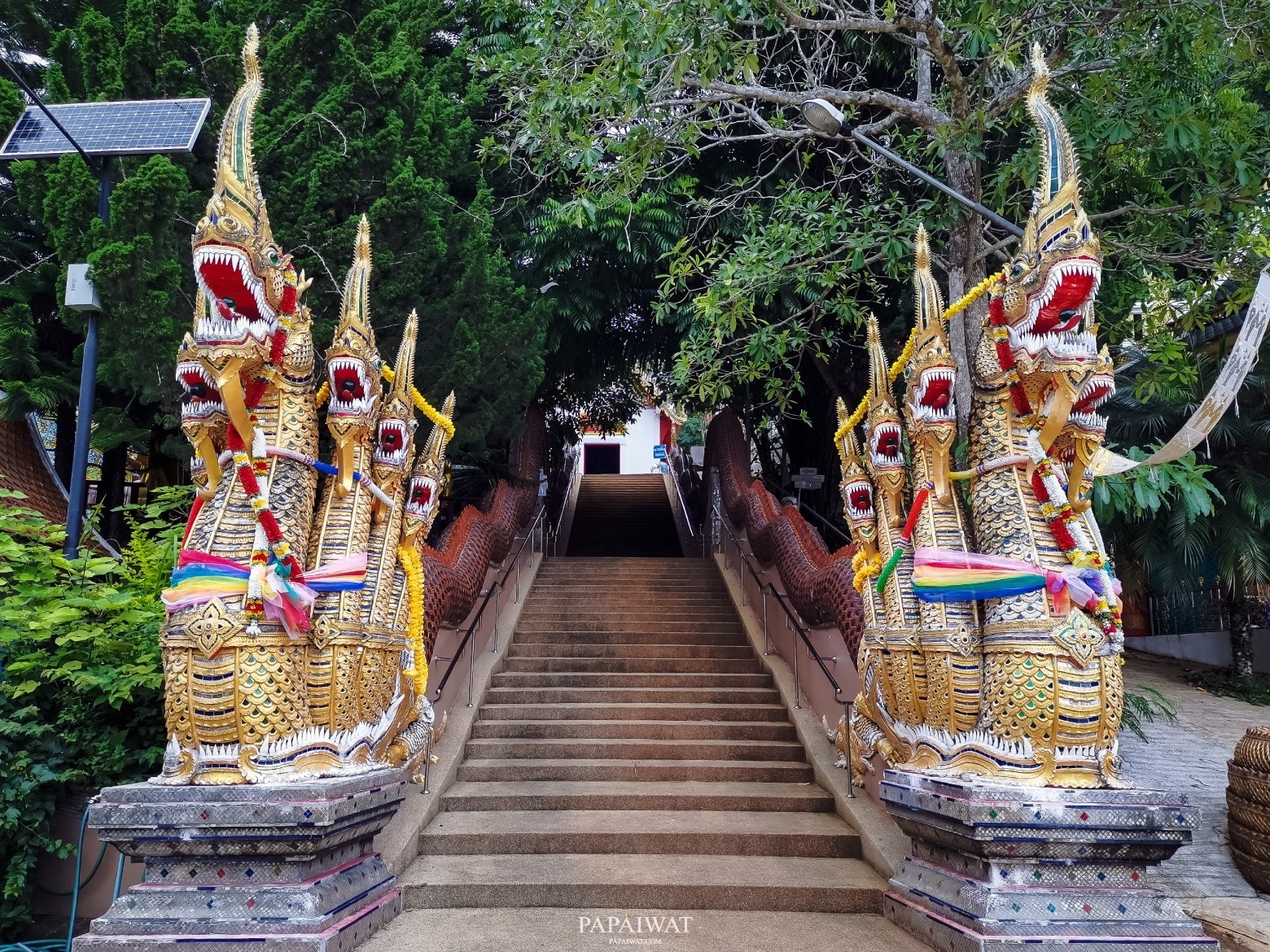
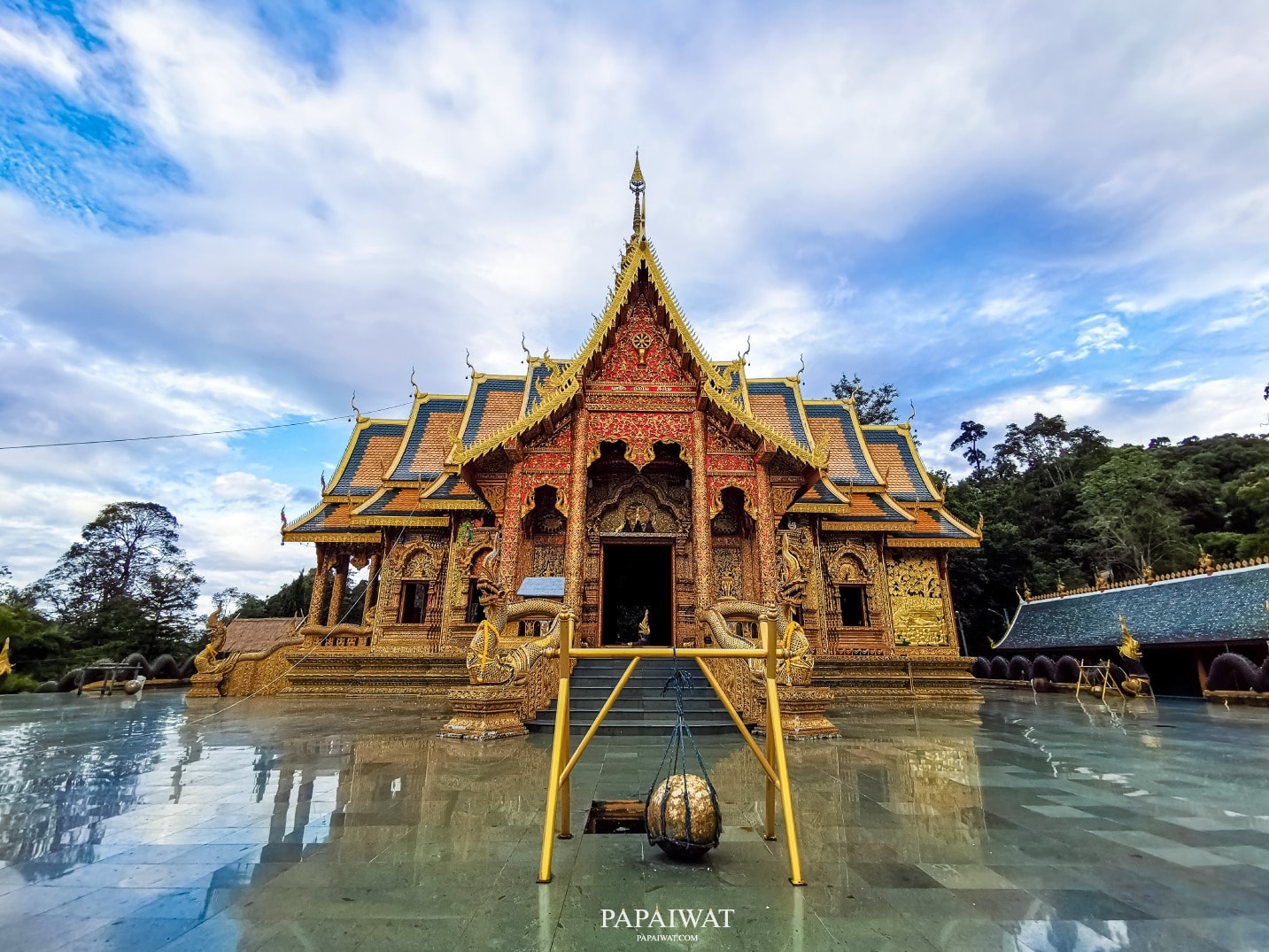
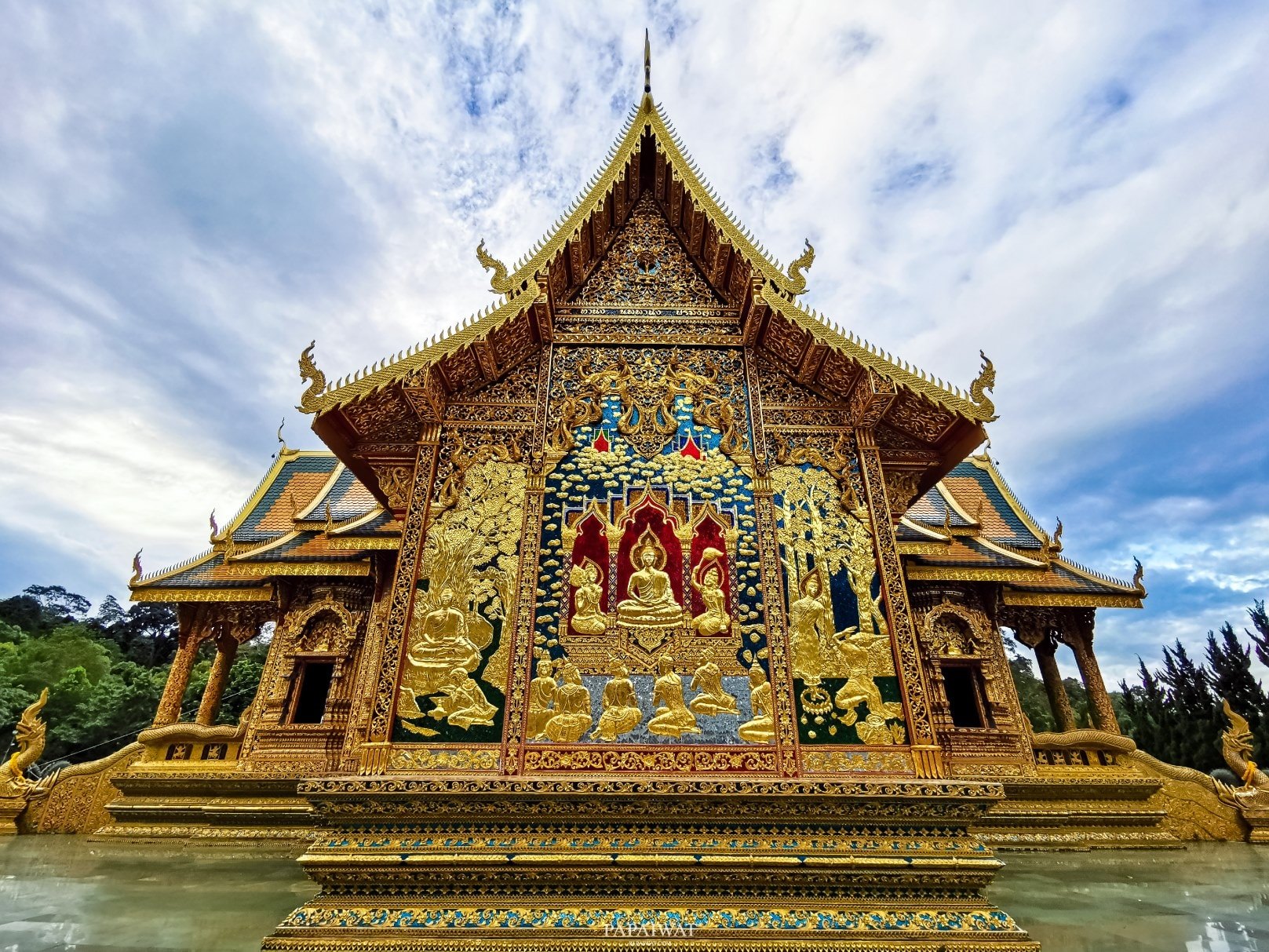
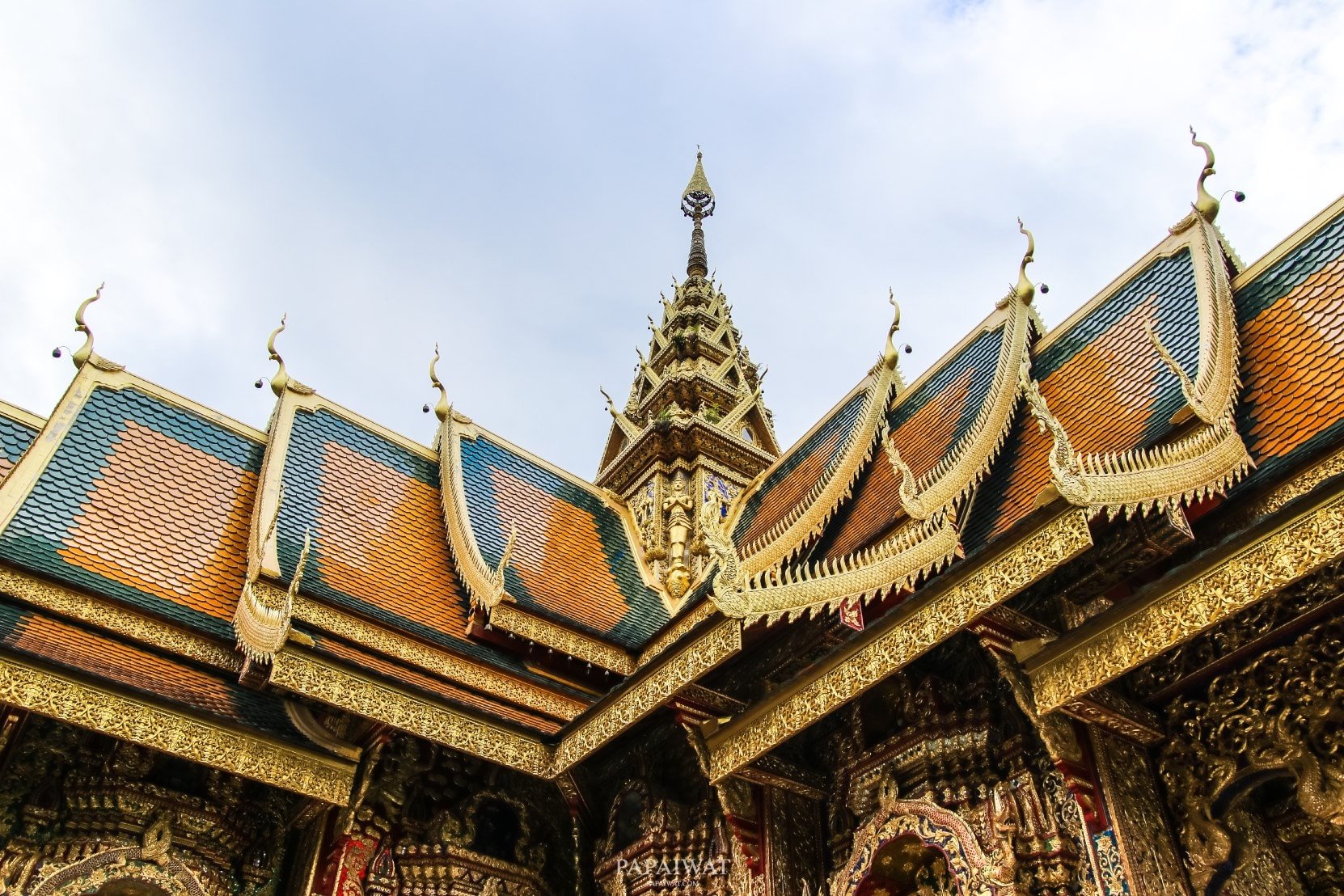
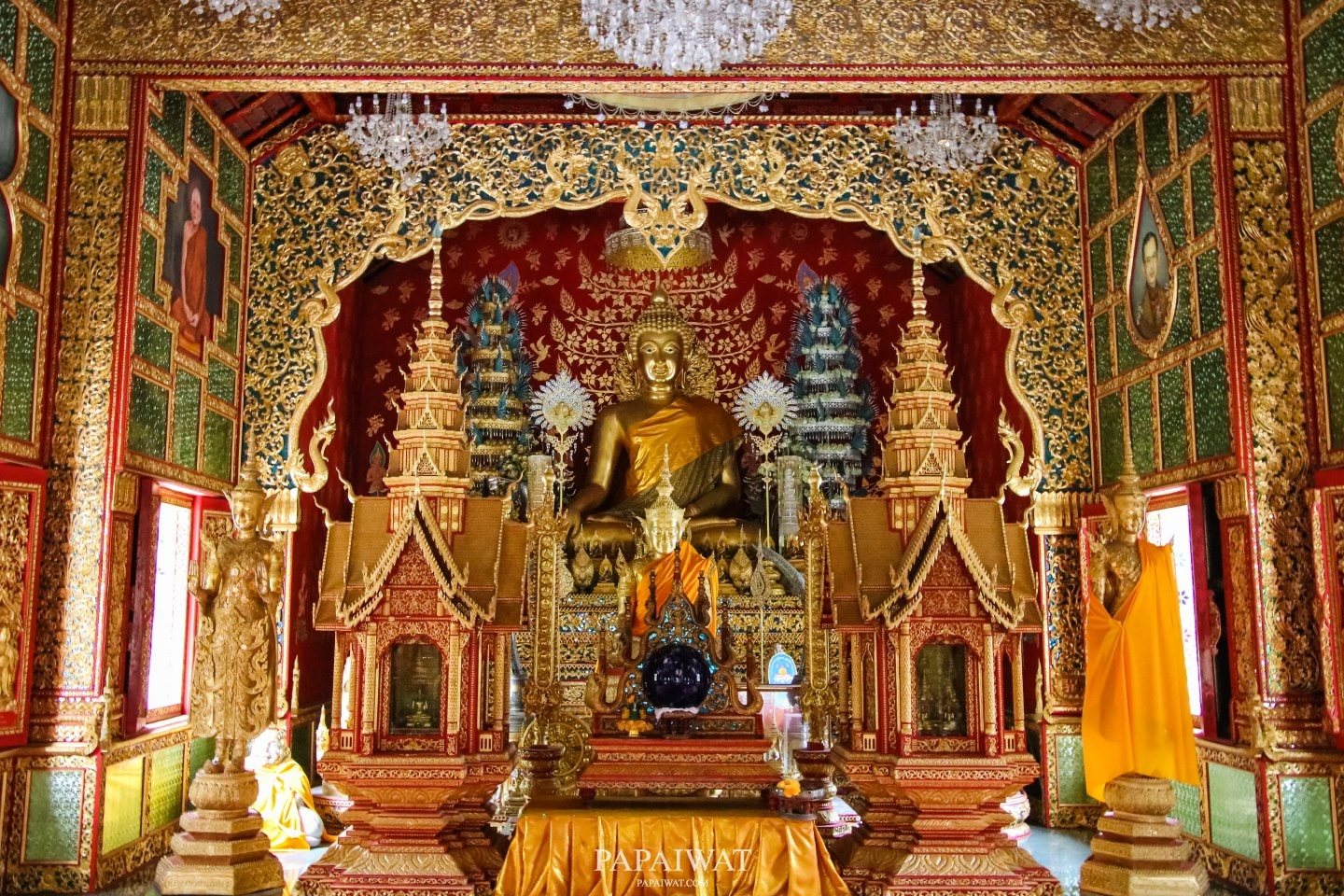
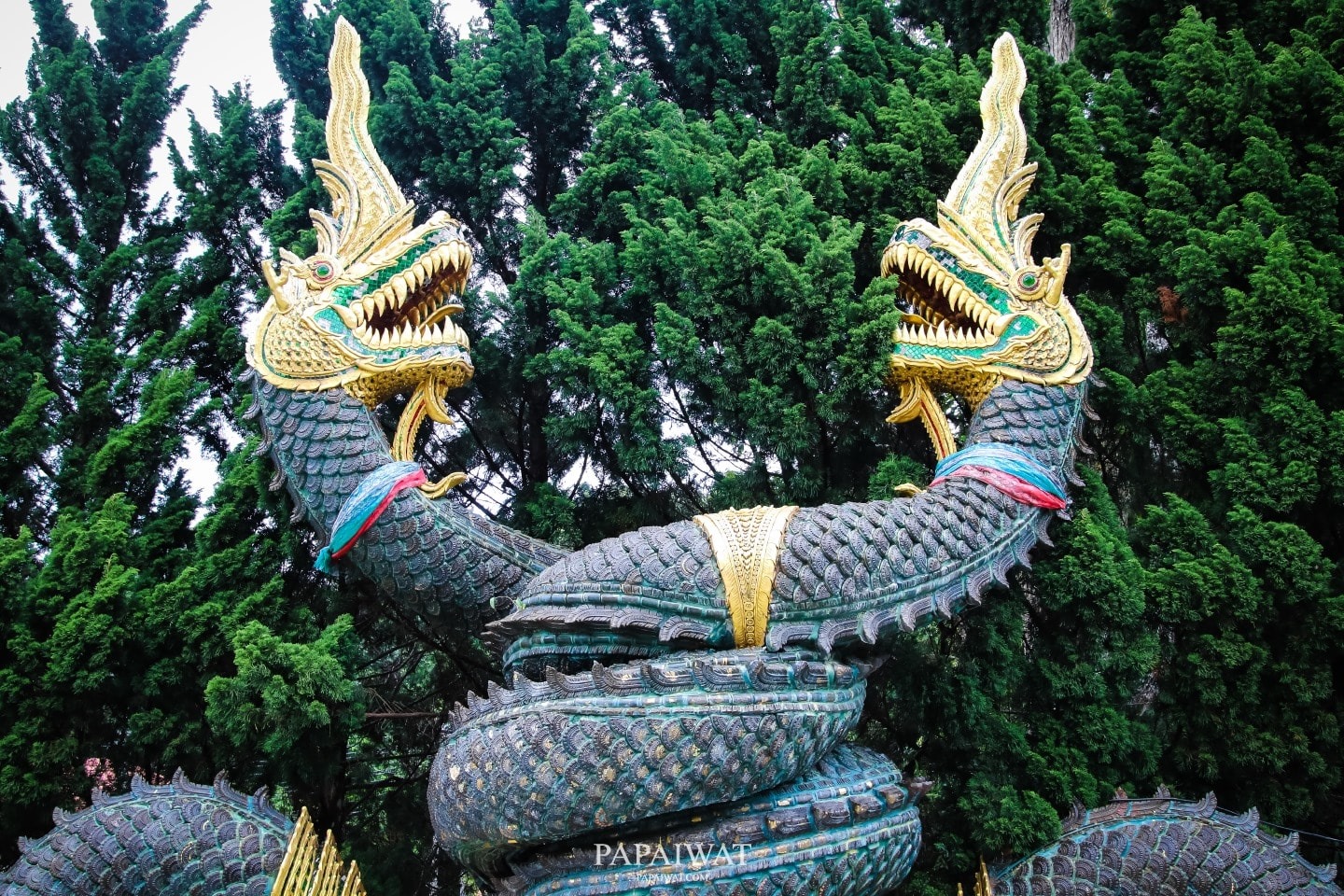
Journey to Wat Phra Phutthabat Si Roi
Embark on a scenic pilgrimage from Chiang Mai city toward Mae Rim District via Highway 107. Upon reaching the Mae Rim District Office, continue straight ahead, passing two more intersections. Keep an eye on your left for the Rim Nuea Subdistrict Administrative Organization, where a left turn awaits, guiding you toward Wat Phra Phutthabat Si Roi. From this junction, the temple lies 34 kilometers ahead, with clear signposts marking the way throughout. The winding road invites a leisurely pace—drive cautiously, especially as you ascend the mountain, to fully embrace the serenity of this sacred path.
Facebook : https://www.facebook.com/papaiwatofficial
Instragram : https://www.instagram.com/papaiwatofficial
Twitter : https://twitter.com/papaiwatthai



